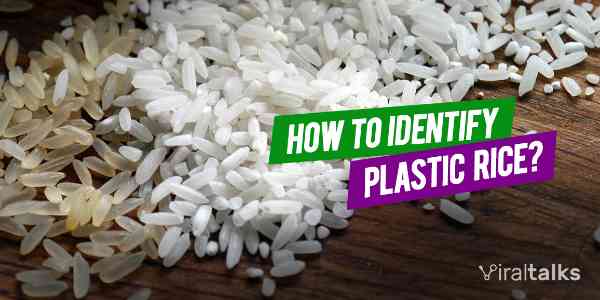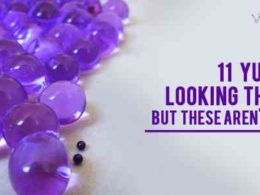Although India stands first in rice exports with a whopping 29% of the world's rice, other Asian nation namely, China (1.9%) and Vietnam (7.4%) too, are known for their rice exports. What is bothersome here is that it isn't just rice grown from Mother Earth's bosom that is being exported from China and Vietnam, but grains made of artificial resins (plastic) are making their way into the market.
While there haven't been complaints against the biggest rice exporter, India the other two nations mentioned above are being accused of adulterating rice with plastic grains that could prove fatal to the consumer in the long run. These allegations were made after videos of the "procedure to prepare plastic rice" surfaced on YouTube where workers were preparing and mixing large quantities these harmful substances with small quantities of actual rice.
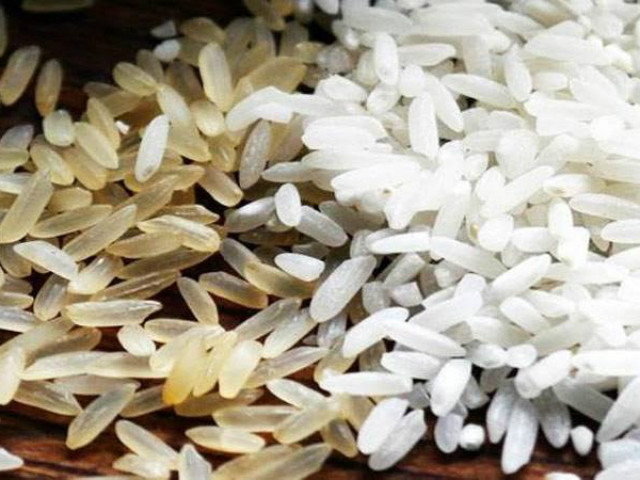
You can find below, 'some' of the health issues that these plastic-adulterated rice grains pose to their consumers:
Health hazards due to plastic rice:
1. Hormonal changes
Regular intake of these plastic grains of rice can cause drastic effects on the endocrine system and bring about changes in a person's hormonal balance.
2. Defective births
Several studies since the inception of plastic rice have confirmed that these adulterants can have a direct effect on the reproductory system in an animal and can cause defective births.
3. Cancer risk
The plastic grains can affect one's normal functioning of the liver and may even cause liver cancer (only early stages can be cured).
4. Malnutrition
Due to the plastic composition of the rice grains, the intestines of the human body wouldn't be able to absorb the necessary nutrients and hence contribute greatly towards malnutrition in parts of the world where rice is the staple food.
5. Reduced immunity
Plastics are known to suppress the human immune systems to a small extent, and these are when the minute quantities of plastics we ingest due to the containers of food items. When such is the case direct consumption of plastic grains can cause serious damage to the immunity of the consumer.
How to identify plastic rice?
Such are the stakes when it comes to consumption of plastic adulterated food. Now that we know the health hazards these fake rice grains pose, let us look at ways by which we can prevent ourselves from consuming the harmful substance. Here are some ways to identify plastic rice grains:
1. The smell of burning plastic
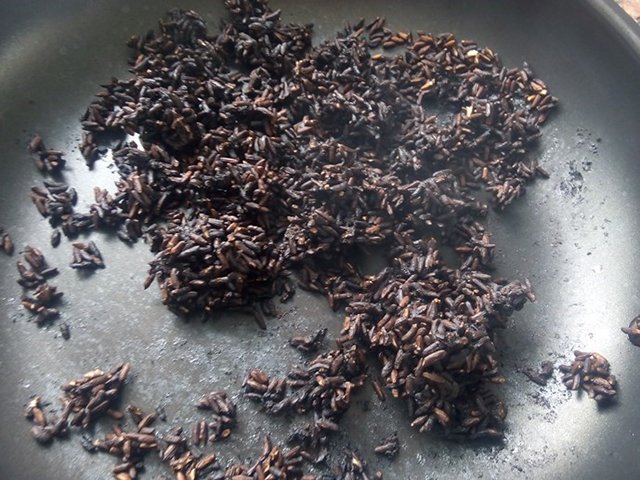
- If you can identify what a piece of plastic would smell like, you are good to go.
- Take some rice, use a matchstick or candle and burn the sample of rice.
- If it smells like burning plastic, we have bad news for you and your grocery store.
2. The floating plastic rice
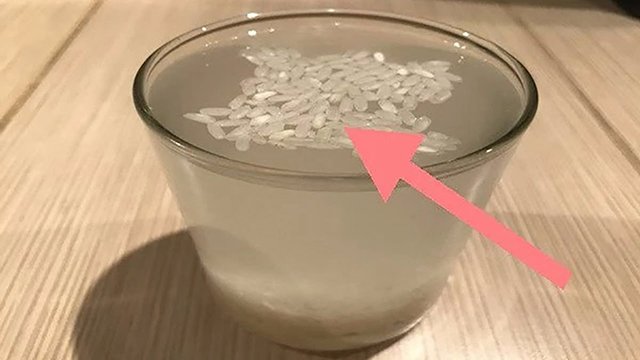
- Take a glass of water and fill her up.
- Now take a tablespoon of uncooked rice and pour it into the glass of water.
- If the rice grains remain submerged, then it isn't made of plastic.
- But if it floats near the surface of the water, it is definitely made of plastic.
3. Fungus proof
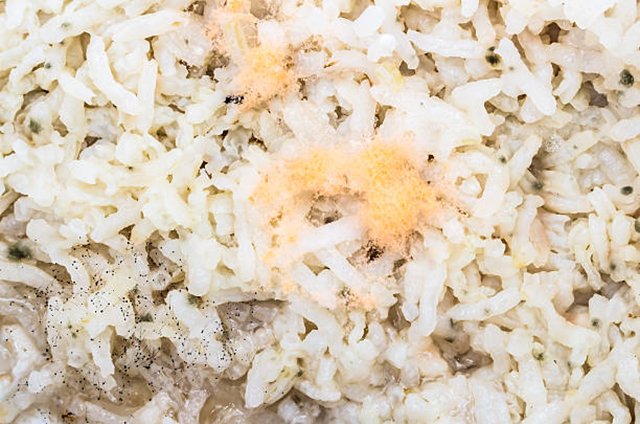
- All you need to know for this test is that cooked rice exposed to the air attracts mold (fungus).
- Take some cooked rice in a medium sized bowl.
- Keep it outside, preferably where it is warm for about 3 days.
- If you see a dark colored mold of fungus growing, then it is the good rice, if not it's plastic.
4. Burn it in hot oil like – just like they do in hell

- Take a vessel and fill it up with cooking oil.
- Pour some rice grains into it and start boiling it.
- If you see the rice grains clumping together at the bottom of the vessel, then it is the plastic grains that are getting melted and sticking to one another.
5. The thick layer formation
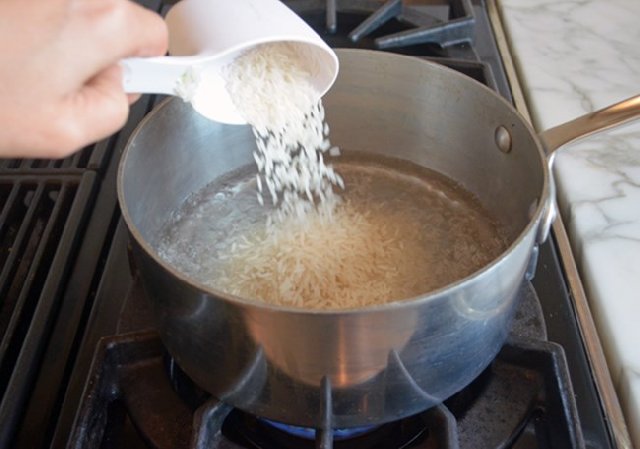
- Take some sample grains out of your rice bag.
- Start boiling it in a vessel with water.
- If you see the formation of a thick pale colored layer (the melted particles) at the surface of the vessel, then it is definitely plastic.
- Also, plastic rice stays hard even after boiling it.
6. Powder that shit
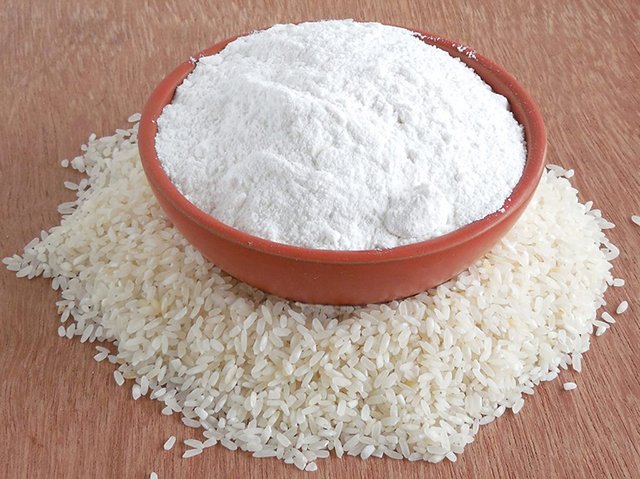
- If you doubt that you have been duped by plastic rice grains, take a mortal and pestle or any other pounding apparatus.
- Add some grains to the mortar and start pounding on it to make a powder.
- If you get a white powder, it is fine.
- If it is a yellowish powder then it is plastic and is not suitable for consumption.
With that, we reach the end of this awareness post. Now that you know all that you have to about plastic rice, we hope that we have raised the necessary awareness against this harmful adulterant. Let us know your opinions of the post in the comments and reaction sections below.






